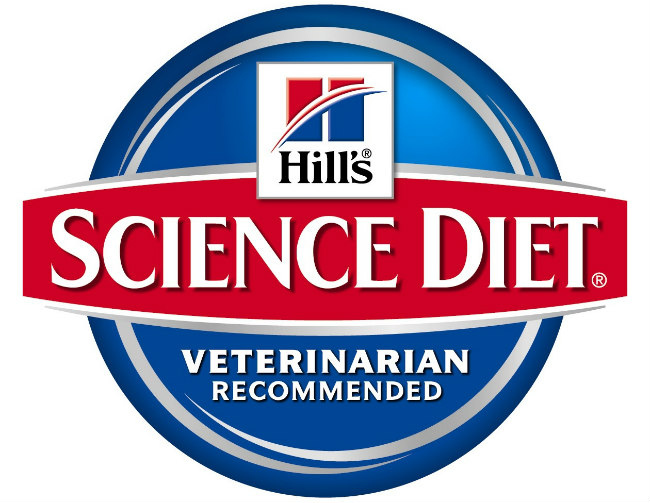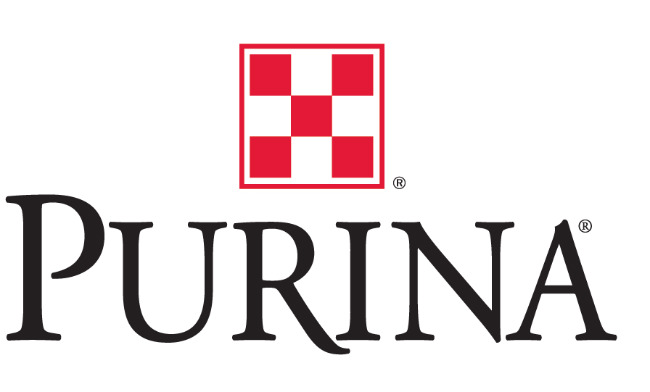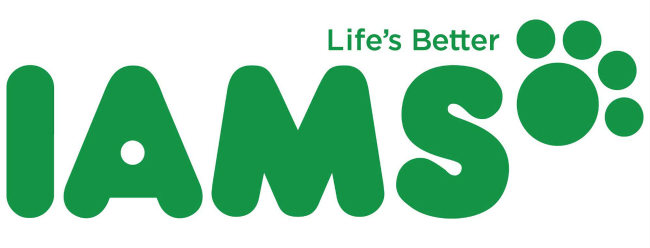Are you rearing an indoor cat? Catering for the health of indoor cats is not easy. You need to ensure you feed it on nutritionally balanced formulas to meet its body needs. The good thing is that the pet food market is awash with formulas meant for the indoor cat lifestyle. The Science Diet Adult Indoor (dry) formula is one such formula.
The makers of this formula claim that the adult indoor formula comes with healthy ingredients that support the overall health of your cat. It is also claimed to be an easy to digest formula with nutrients that support the health of the cat’s muscles and weight.
Can this formula live up to the claims?
Ingredients in Adult Indoor
Chicken, Whole Grain Wheat, Corn Gluten Meal, Pork Fat, Powdered Cellulose, Dried Egg Product, Pea Bran Meal, Wheat Gluten, Chicken Liver Flavor, Dried Beet Pulp, Lactic Acid, Calcium Sulfate, Soybean Oil, Potassium Chloride, Choline Chloride, Fish Oil, Iodized Salt, vitamins (L-Ascorbyl-2-Polyphosphate (source of vitamin C), Vitamin E Supplement, Taurine, Thiamine Mononitrate, Niacin Supplement, Vitamin A Supplement, Riboflavin Supplement, Calcium Pantothenate, Biotin, Pyridoxine Hydrochloride, Vitamin B12 Supplement, Vitamin D3 Supplement, Folic Acid), L-Carnitine, minerals (Zinc Oxide, Ferrous Sulfate, Copper Sulfate, Calcium Iodate, Manganous Oxide, Sodium Selenite), Mixed Tocopherols for freshness, Oat Fiber, Phosphoric Acid, Natural Flavors, Beta-Carotene, Dried Apples, Dried Carrots, Dried Broccoli, Dried Cranberries, Dried Peas.
An overview of the first five ingredients
Chicken
Chicken is a very popular ingredient for pet food and in this case, they are referring to whole chicken. This is a very high quality meat source and we are pleased to see it listed. However, whole chicken loses about 80% of its content during the cooking process since the majority of whole chicken is water. After the cooking process is complete, the amount of whole chicken remaining is substantially reduced. Therefor, while whole chicken is a great source of meat protein, this ingredient alone is not enough to provide sufficient levels of meat protein in a cats diet.
Whole Grain Wheat
Whole grain wheat is a grain based product that may cause some digestion issues. In addition it is also a known food allergen for many cats. Grain based ingredients like this one are usually used by pet food companies because it is a cheap way to boost the protein percentage of the food. That said, it provides almost no nutrition for cats because cats do not have a digestive system designed for plant based proteins or nutrients. They are designed to consume and process meats. While this isn’t a bad ingredient in moderation, in higher quantities, it usually reflects a lower quality cat food.
Corn Gluten Meal
This is the dried residue from corn after the removal of the larger part of the starch and germ, and the separation of the bran by the process employed in the wet milling manufacture of corn starch or syrup, or by enzymatic treatment of the endosperm. The expression “corn gluten” is colloquial jargon that describes corn proteins that are neither gliadin nor glutenin. Only wheat, barley, rye and oat contain true gluten. For the most part, this ingredient is normally only found in cheaper “grocery store brand” cat foods. Corn is frequently used as a filler ingredient to help make your cat feel more full, but it does not add much of anything to the nutritional value in the food. In addition, this is a common allergen for many cats and corn based ingredients can often be difficult for cats to digest. That’s why we can’t recommend this food for cats with food allergies or sensitive digestive systems.
Pork Fat
Pork fat is also known as lard, but it doesn’t look as good to put that on the ingredients list! In general this is a good source of fat and we are happy to see a named fat source (as opposed to something generic like “animal fat”). All cats require a healthy fat source. It’s only a problem if they consume too much of it (like humans). When we compare pork fat to other named animal fat sources, there seems to be a higher instance of digestion upset with pork fat. However, in most cases, this is a quality fat source.
Powdered Cellulose
Powdered cellulose is a cheap filler ingredient. It is obtain as a pulp from fibrous plant material and highly refined. Once processed, it looks and feels very similar to sawdust. Cellulose is used in a wide number of ways. In addition to being added to pet food, it is used quite a bit in human foods, but can also be used for things like insulation, rope making, and textiles. Just like in humans, this ingredient is indigestible for cats. There is no hard evidence to suggest this ingredient is unhealthy, but it wouldn’t be considered a higher quality ingredient, either.
Other ingredients in the formula
Soybean Oil
Soybean oil is a vegetable oil extracted from the seeds of the soybean (Glycine max) and is one of the most widely consumed cooking oils. Soy is a plant protein used by pet food companies to boost protein content and add bulk. Because plant proteins are less expensive than meat proteins, pet food manufacturers use them to increase profit margins. The majority of experts on pet nutrition agree soy isn’t good nutrition for cats or dogs. It is considered a low-quality, incomplete protein well known to create food allergies in pets. Many cat food companies take a hard stance against the “negative publicity” that soy products receive and defend the use of soy strongly, claiming that soy helps add nutrients and improves a cats coat and skin. However, we do not find soy products to be reminiscent of a high quality cat food.
Wheat Gluten
We don’t think any grain is “good” for your cat. It doesn’t mean wheat gluten is “bad” for your cat, either, but the fact it provides almost no nutritional value makes us question the quality of the ingredient. Wheat gluten can be a decent protein source for animals with digestive systems that can break it down, but as obligate carnivores, cats are not one of those animals. Their digestive systems produce only the enzymes necessary for processing animal-based proteins. There are also some allergy risks associated with wheat gluten. In addition, too much of this in a cats diet can potentially lead to weight gain and diabetes. Unfortunately, diabetes in cats is a very serious health problem, so it is important to keep a close eye on your cats weight and diabetic risk when feeding a cat food containing ingredients like wheat gluten.
Pea Bran Meal
Pea bran meal is used as a fiber additive in pet foods. It is said to reduce blood sugar and cholesterol levels, and provides roughage adding bulk for intestinal health. Pea bran must contain at least ten percent crude protein and not more than thirty-eight percent crude fiber. Pea based ingredients are becoming increasingly popular, but the benefit for cats is questionable.
Can this formula lead to allergies?
This formula can cause allergic reactions since it contains corn and wheat extracts. Therefore, it is best to avoid feeding your cat on this formula if your cat is allergic to any of these ingredients.
Some ingredients that should have been included in this formula
Tuber based carbohydrates – This ingredient includes potatoes and sweet potatoes. They make excellent gluten-free carbohydrates sources because they are highly digestible. While not especially nutritious, this is considered a safe ingredient for cats.
Vegetable fiber – Vegetable fibres are threadlike filaments forming the tougher parts of plants, their function being primarily for rigidity. In cat food, this ingredient is mostly added for digestion purposes rather than nutrition purposes. Unless your cat has a unique food allergy, there are no known risks that this ingredient will have harmful effects on your cat.
Conclusion
This formula is a poor quality formula as most of its ingredients are not suitable for cats. The inclusion of several allergy based ingredients makes it unsuitable for cats with food sensitivities.





